Store tap water
As part of a hurricane plan, households should have enough water to last them and their pets at least three days.
- Potable water: Tap water can be stored in clean containers with lids. This water can be used for drinking, cooking, brushing teeth and washing dishes. Households should have one gallon of potable water per person per day for at least three days. Consider freezing some containers or food storage bags to help keep food cold while providing water if needed.
- Non-potable water: Your household will also need water for flushing toilets, bathing and any other way you use water that does not involve food preparation or ingestion. Fill up a bathtub (make sure the drain doesn’t leak), large container or clean trash can with tap water.
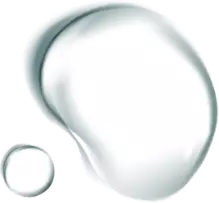

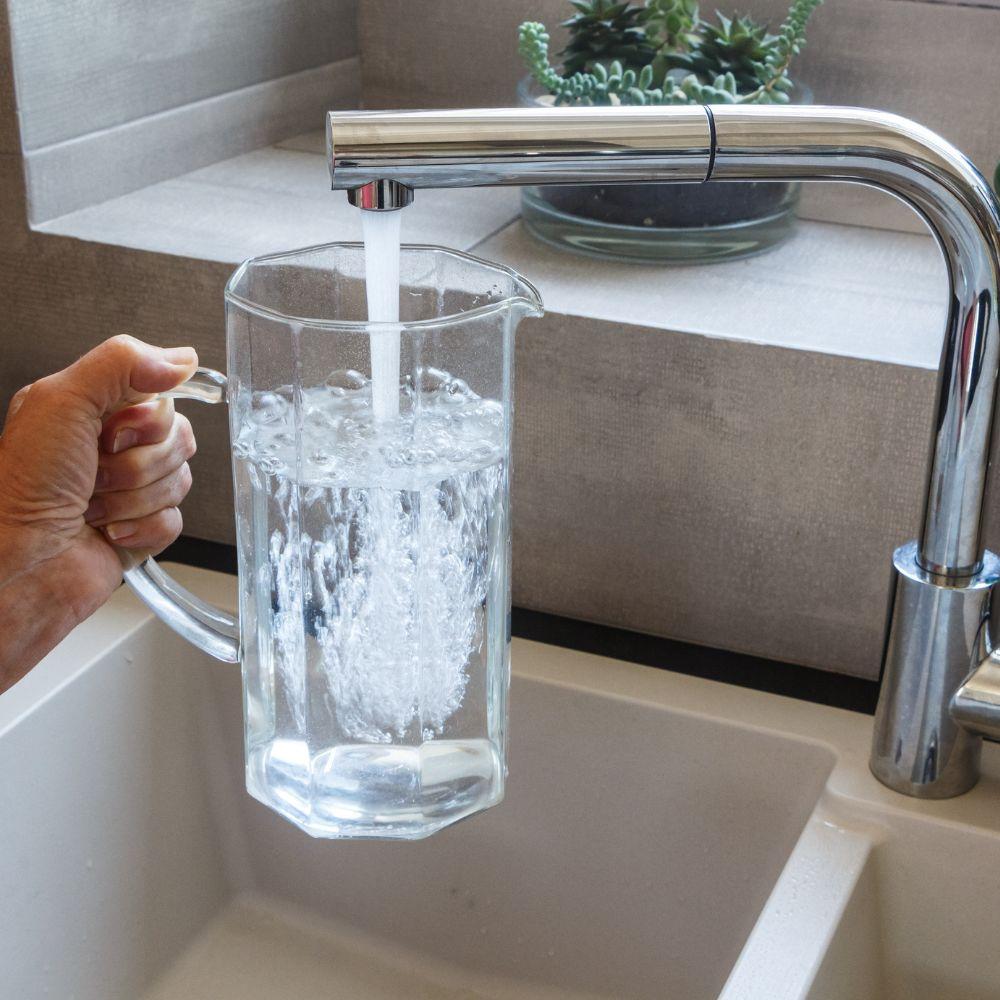
Limiting water use
Help reduce flooding and infrastructure impacts
Flooding in our communities impacts both roads and homes and can also strain wastewater collection systems, especially during power outages. Customers can help by doing the following:
- Turn off irrigation systems
- Limit water use. Get all needed cleaning completed before the storm's arrival (cloths, dishes, etc.)
- Wait to dispose of stored water until flooding has receded and power is restored


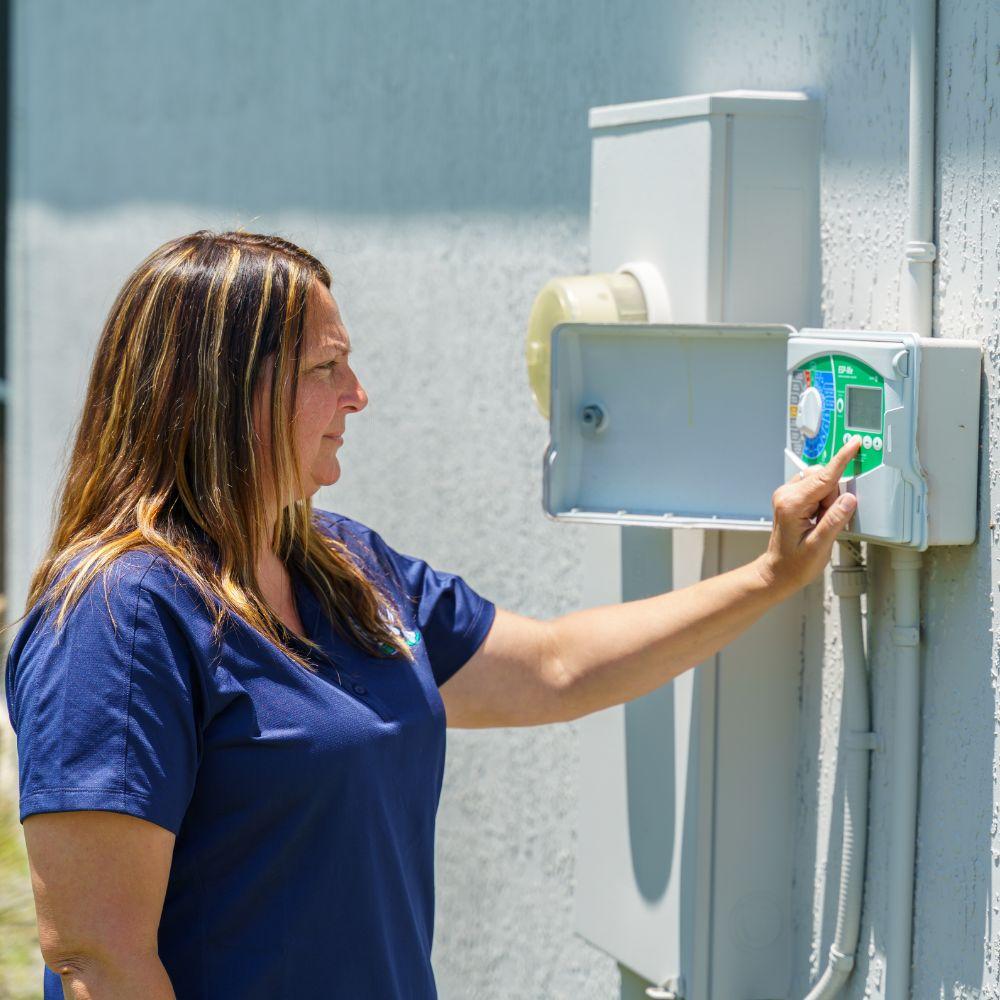
A hurricane's arrival
With a hurricane's imminent arrival, Toho's offices will close as part of its emergency operations phase. Toho will temporarily suspend all service disconnections due to non-payment until further notice. During this time Toho will continue to respond to water and sewer related emergencies as long as conditions are safe to do so.


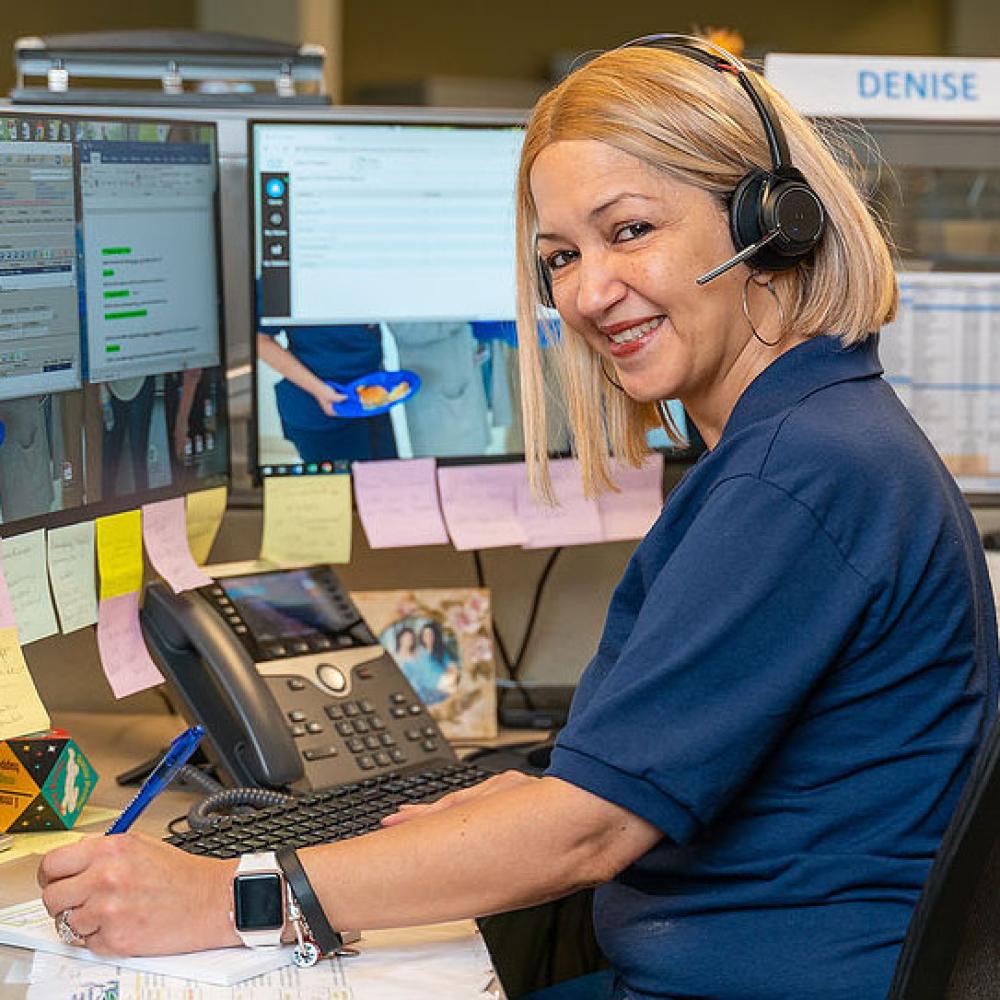
Hurricane recovery
After the storm has passed and conditions are safe to do, Toho will enter the recovery phase. Toho will work around the clock to restore normal operation at its facilities and the community it serves. Part of the recovery phase includes assessing damages and prioritizing repairs. If essential services are impacted such as hospitals, care facilities and police/fire stations, Toho will respond to these first. Then work will be conducted on what will have the greatest impact in getting services restored to customers. Afterwards Toho will respond to small neighborhoods or remote areas.
Customers are advised not to come in contact with flooded areas as they may contain sewage.


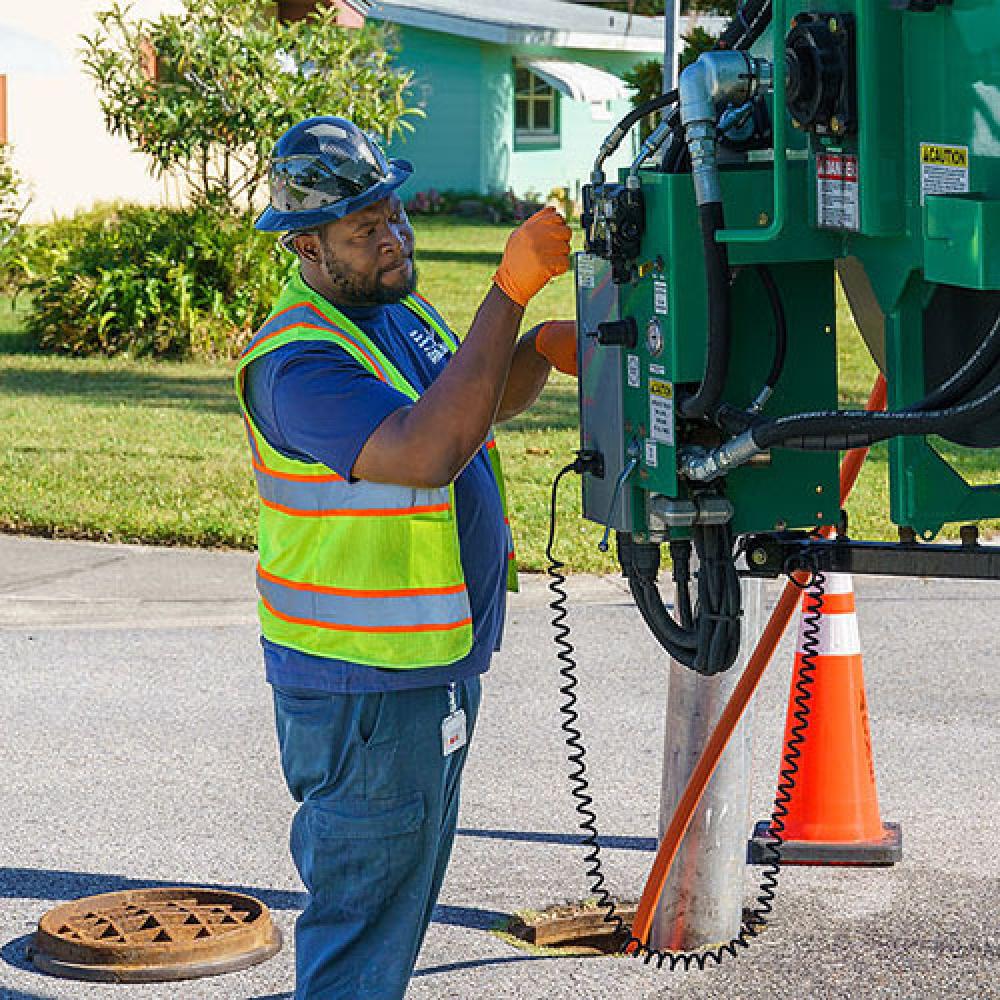
Advisories
When water services are restored, Toho may have to issue a boil water advisory. All advisories are posted here and on our News & Alerts section.
Customers will also be notified if an advisory is issued or lifted in one or more of the following methods:
- Door hanger left on front door
- Phone call and text message
- Media outlets
- Social media (Facebook, NextDoor and X)
Make sure your contact information such as phone number and email address is up to date with Toho. Please include your service address when emailing us.



Types of boil water advisories
There are two types types of advisories that could be issued:
- Precautionary boil water advisory is issued when a water system experiences a loss in pressure. While the utility tests the water for quality assurance, customers are advised to boil water for one minute prior to consumption.
- Boil water notice is issued when contamination is confirmed in the water system. Customers must boil water for one minute to make it safe for consumption. This type of notice is rarely issued.
If you can't boil water
- Add eight drops of unscented household bleach per gallon of water, stir well and let stand for 30 minutes before using.
- OR use purification tablets which can be found at most sporting goods stores and pharmacies.
Water used for laundry or bathing/showering does not need to be boiled.
Once an advisory is issued, Toho will provide advisory status updates every two days.



